點睛設計創辦人暨總監
Founder and Director of Dot Design
Article of famous designers
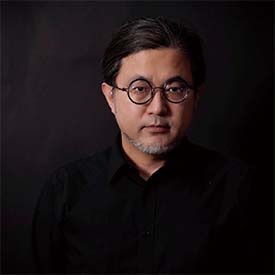
點睛設計創辦人暨總監
Founder and Director of Dot Design
I believe the only people who will read thisarticle are those who are passionate about design. Maybe you’re a designer ormaybe you like design. How exactly does design exist in our surroundings?
I am Lance Han the founder and director of DotDesign, and I focus on sustainable design. I would like to share my thoughtsand observations on design from the past few years with everyone. As we allknow, the existence of design is inseparable from mankind. You can say that theworld was created by God or Nature, but our lives and cultures are ultimatelydesigned and created by people. The conditions we implement for creatingobjects through smart thinking and action are the best presentation of design. Yet,what is design’s responsibility in the world?
All design and creation consume and depleteresources. Even though we can create beautiful and outstanding objects. But indoing so, we must take more of the links and responsibilities intoconsideration so that a design or creation can be considered a good one.
Sustainable design is a topic everyone’s beenfocused on these past few years. But just what is sustainable design? Let’sdive into this question from two different perspectives. The first perspectiveis for us to consider the sourcing for the natural materials we adopt, such asmaterials made from bamboo fiber, paper pulp fiber, bamboo and wooden products,and metals. Generally, it’s easier for natural materials to decompose on their own, and they areless harmful towards the environment. The second is that we use single-materialrecyclable plastics such as No. 1 to No. 6 plastics. In principle, when wedesign works, we use a single material that’s easily disassembled and recycled.We shouldn’t use any processing method that makes the materials non-recyclable.We should even go as far as taking the recycling and classification systems offuture products into consideration.
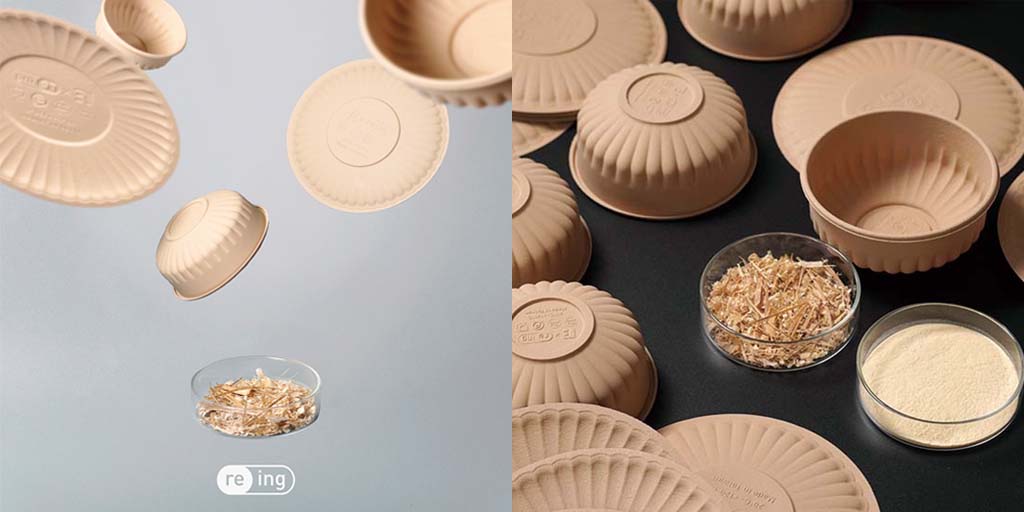
Caption: Disposable Bamboo Fiber Cup winning Golden PinDesign Award)
Disposable Bamboo Fiber Cup
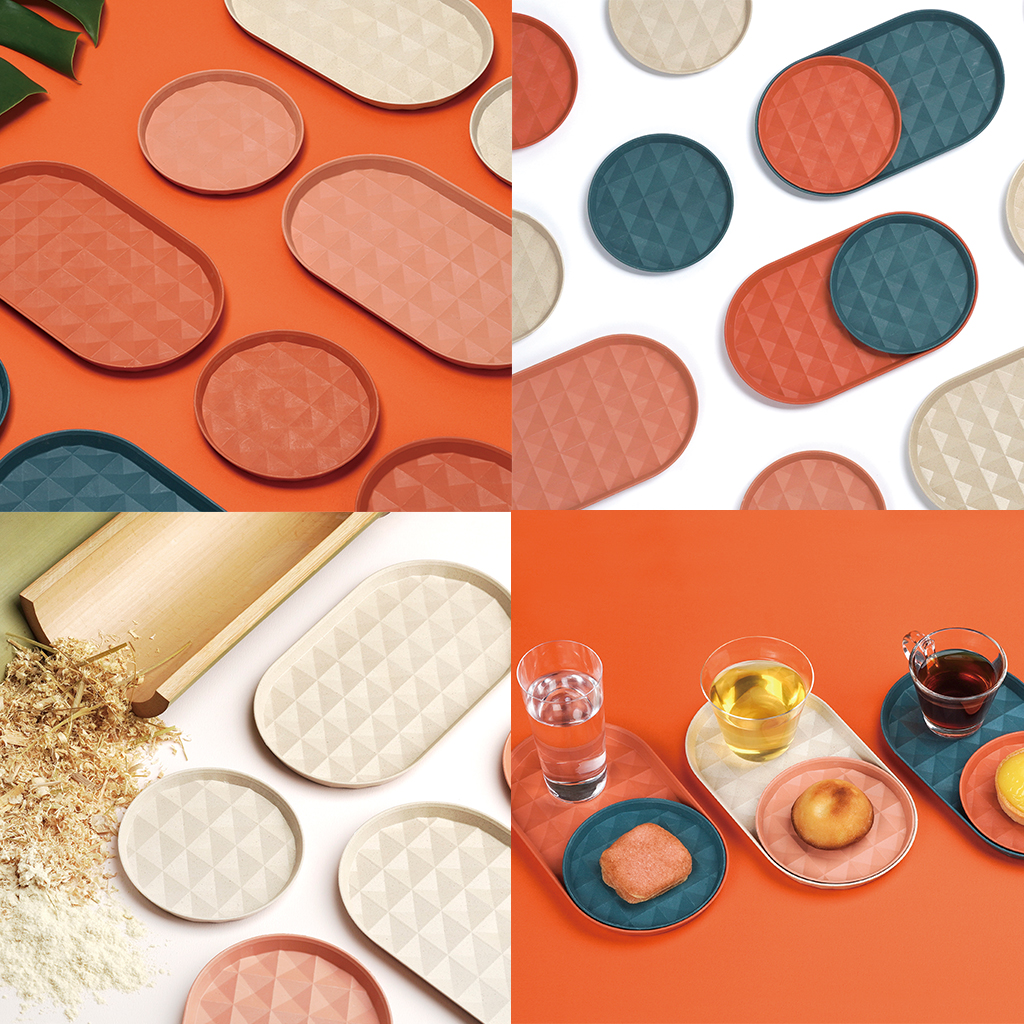
Caption: Re-ingBamboo Fiber Plate winning iF Design Award, Golden Pin Design Award and TaipeiInternational Design Award
Re-ingBamboo Fiber Plates
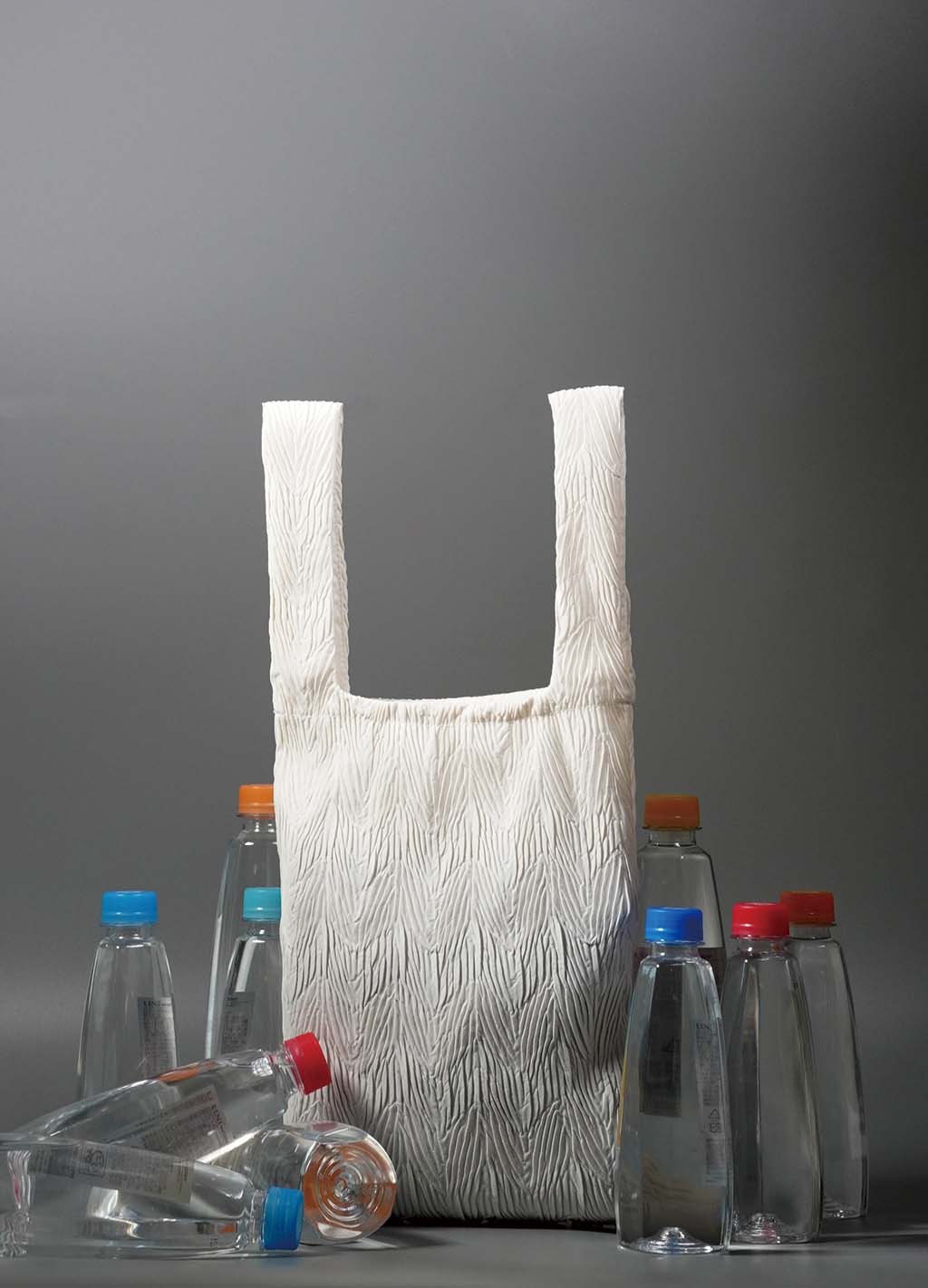
Caption: re-PET Bag winning Golden Pin Design Award
We often sink intothe myth of how a material is used, but I believe that good design is the bestbridge for communication and solution to issues of sustainability. Designpresentation usually occupies the most important place for many topics andexpressions; this is because there is a responsibility for design to makeconcepts concrete. Many enterprises and brands search for the presentation ofsustainability to execute thinking when facing the market, but in the end, theyoften don’t achieve an ideal result. With respect to design, it’s undoubtedlyvery important to achieve the philosophy of design. However, design is often anaction derived from needs, so it’s exceptionally important to adopt designmethods that are flexible yet uncompromising and persistent, such compromisesinclude mass production, costs, and brand principles. However, insistence onprinciples cannot be neglected, such as insistence on styles, the design, and quality.From certain perspectives, these two seem contradictory and opposing. At thisstage, we have to use the “balance” of design. With this in mind, the task ofdesign must build upon characteristics of flexible change for designed goodsthat follow along with the changes of time and fluctuations of space.
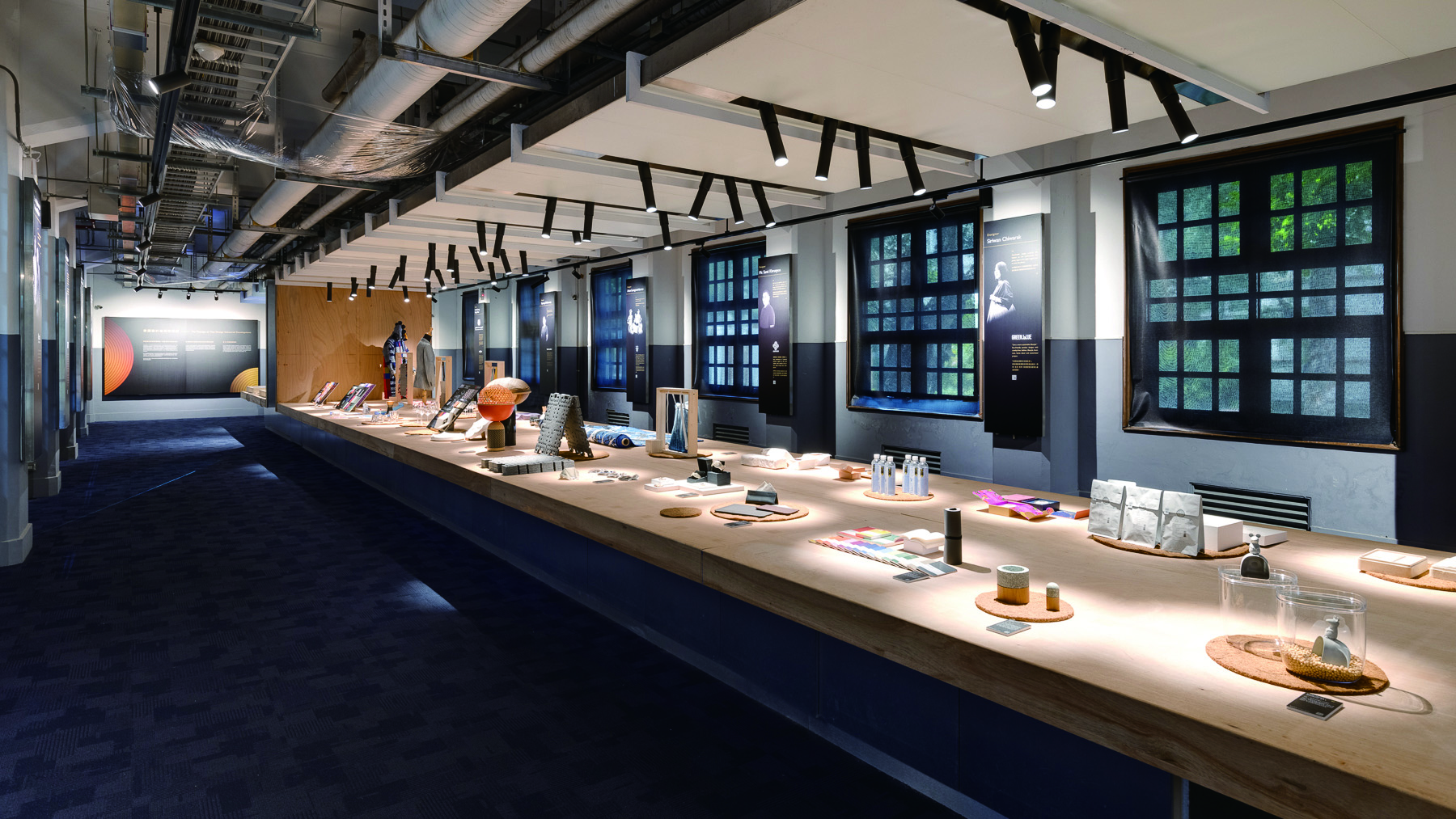
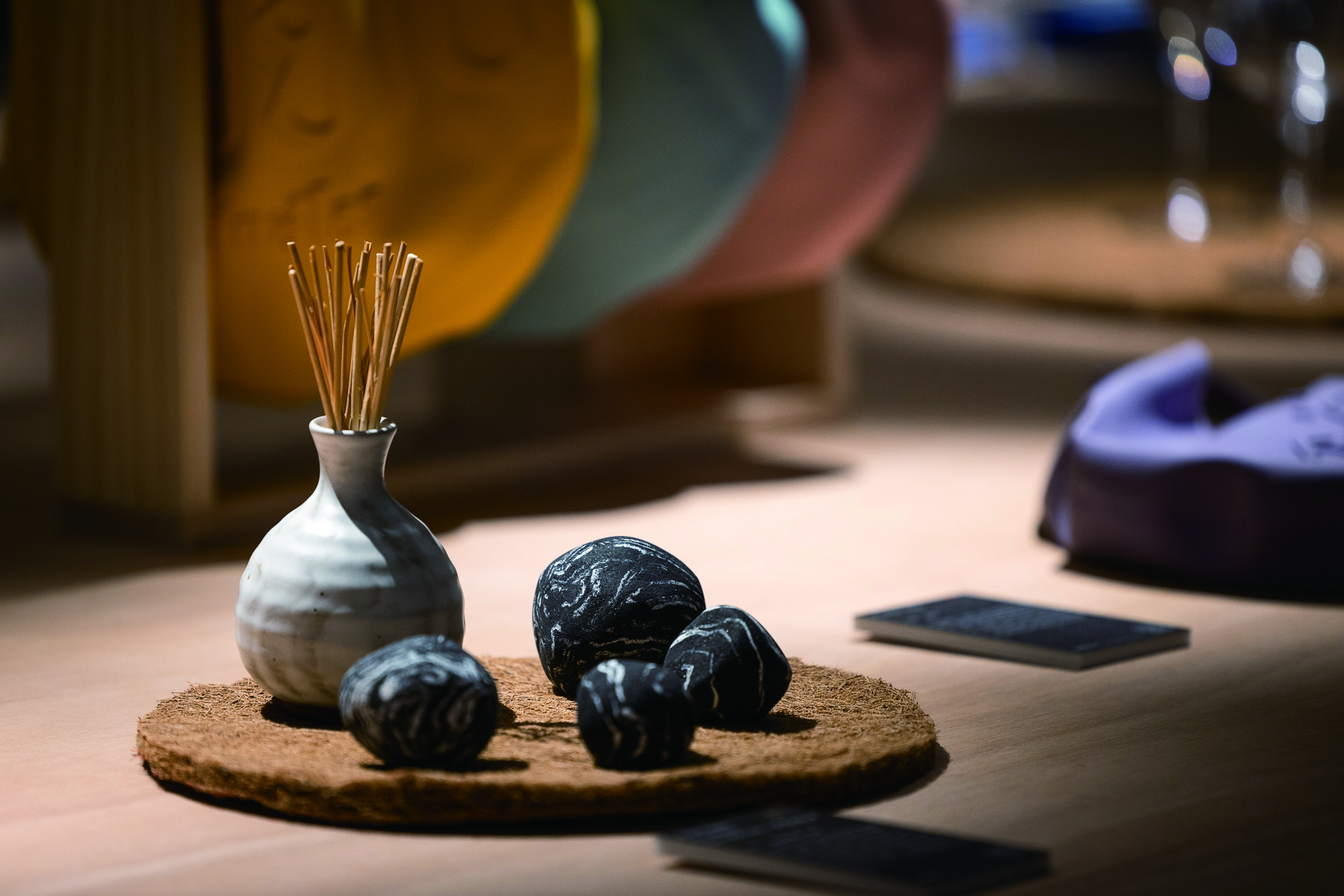
Caption: Photoof “Sustainable Power of Thai-design” hosted by the Taiwan Design ResearchInstitute
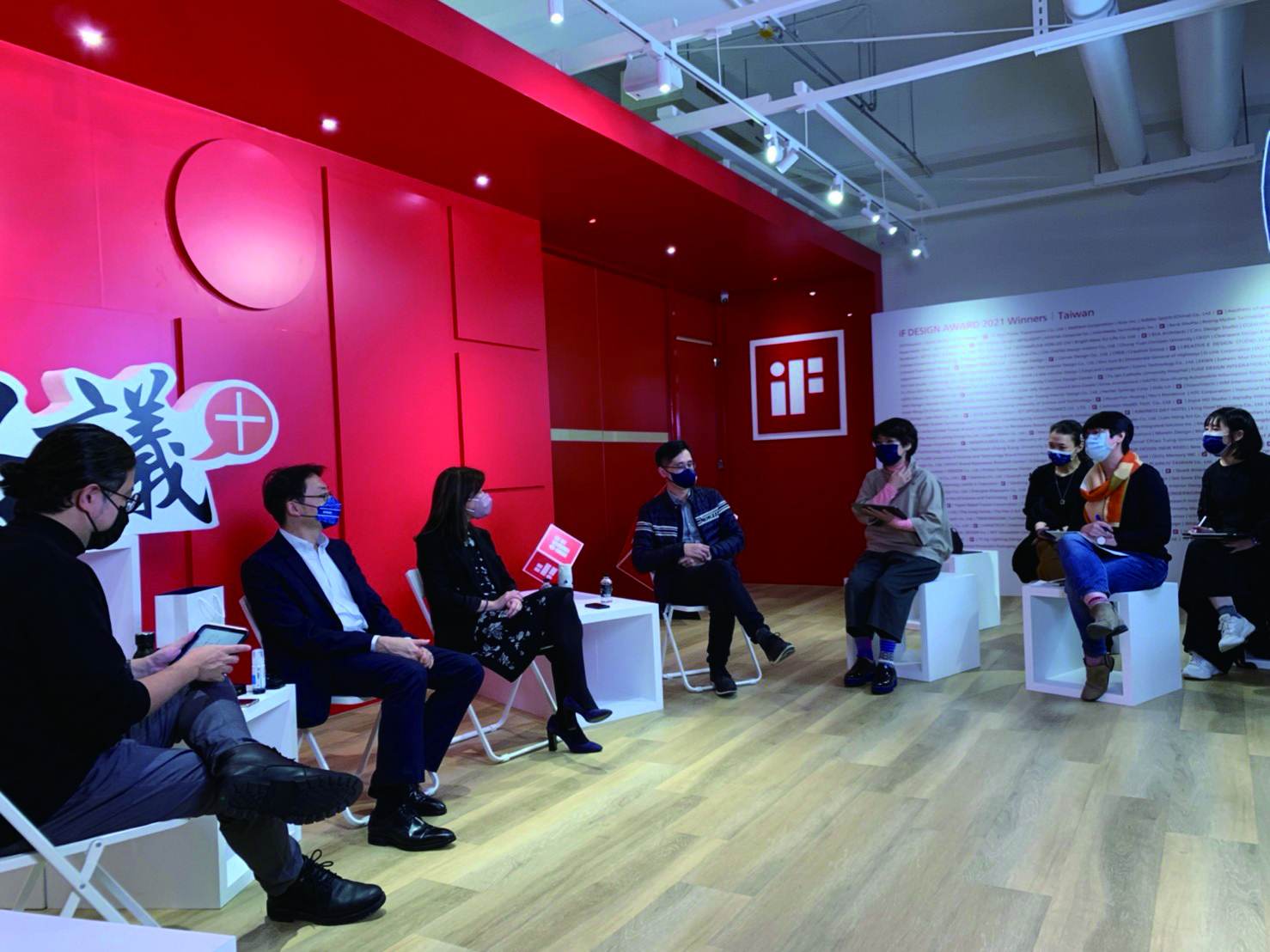
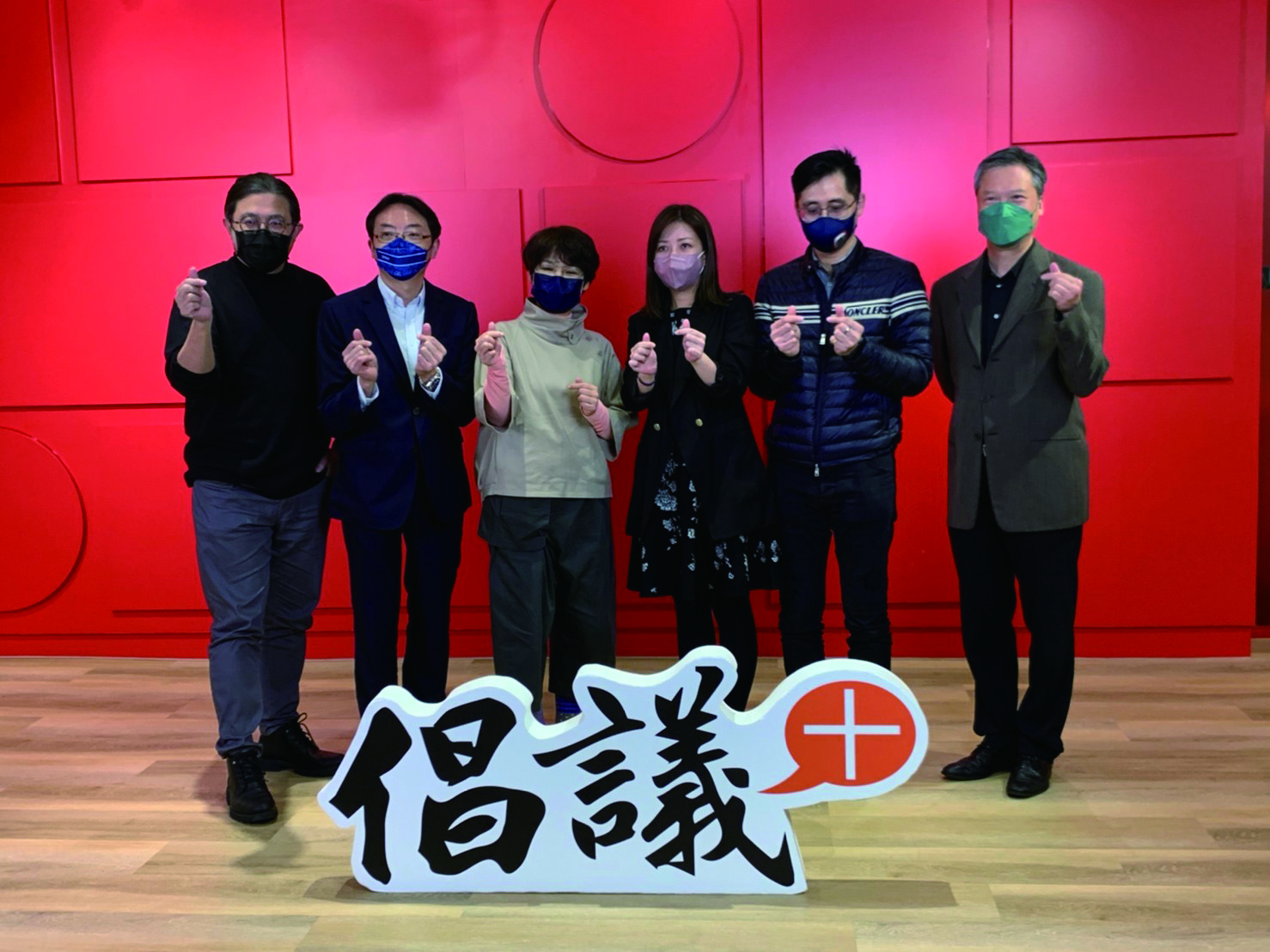
The world is flat,and yet the Earth is round. This shows two different perspectives on the world.Although information and communication have no borders, different regions dohave different cultures, and they of course correspond to distinct designcharacteristics as well. That being the case, international cooperation andexchanges are great source of inspiration for designers. You can always igniteyour brilliant internal sparks when participating in different internationaldesign awards ceremonies or design activities and exchanges. Although I’ve beeninvolved in design for many years, I still cherish each opportunity forinternational design exchange. The nature of design is still built on commerce.In addition to taking part in design exchanges, I believe it’s every Taiwanesedesigner’s responsibility to place Taiwan’s designs on the international stageand conduct richer commercial activities to make the design value last longer.
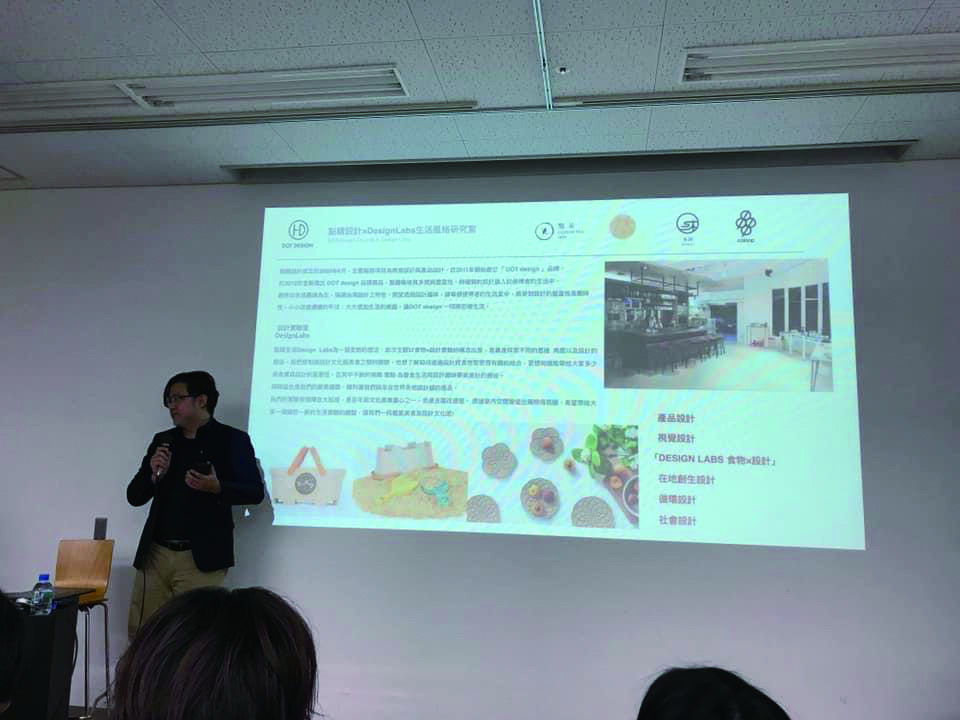
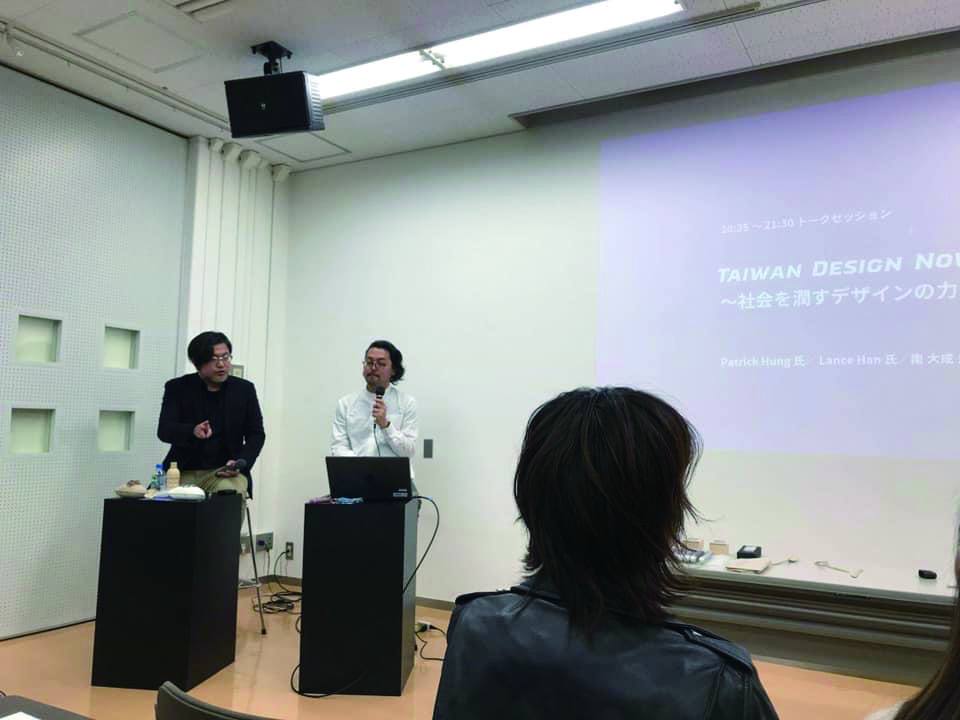 Caption: Japan MEBIC and Taiwan Design Research Instituteconducted international design exchanges
Caption: Japan MEBIC and Taiwan Design Research Instituteconducted international design exchanges
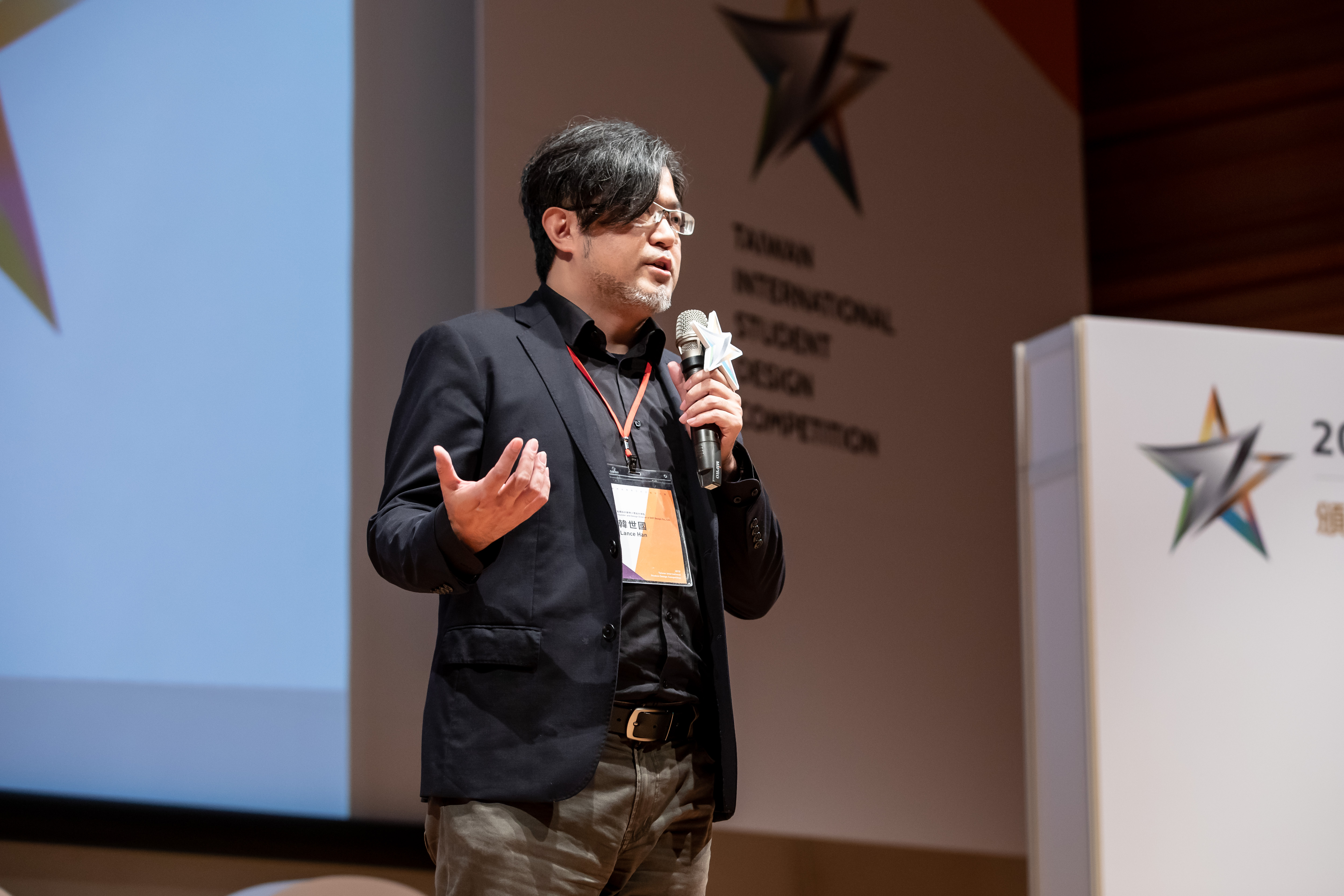
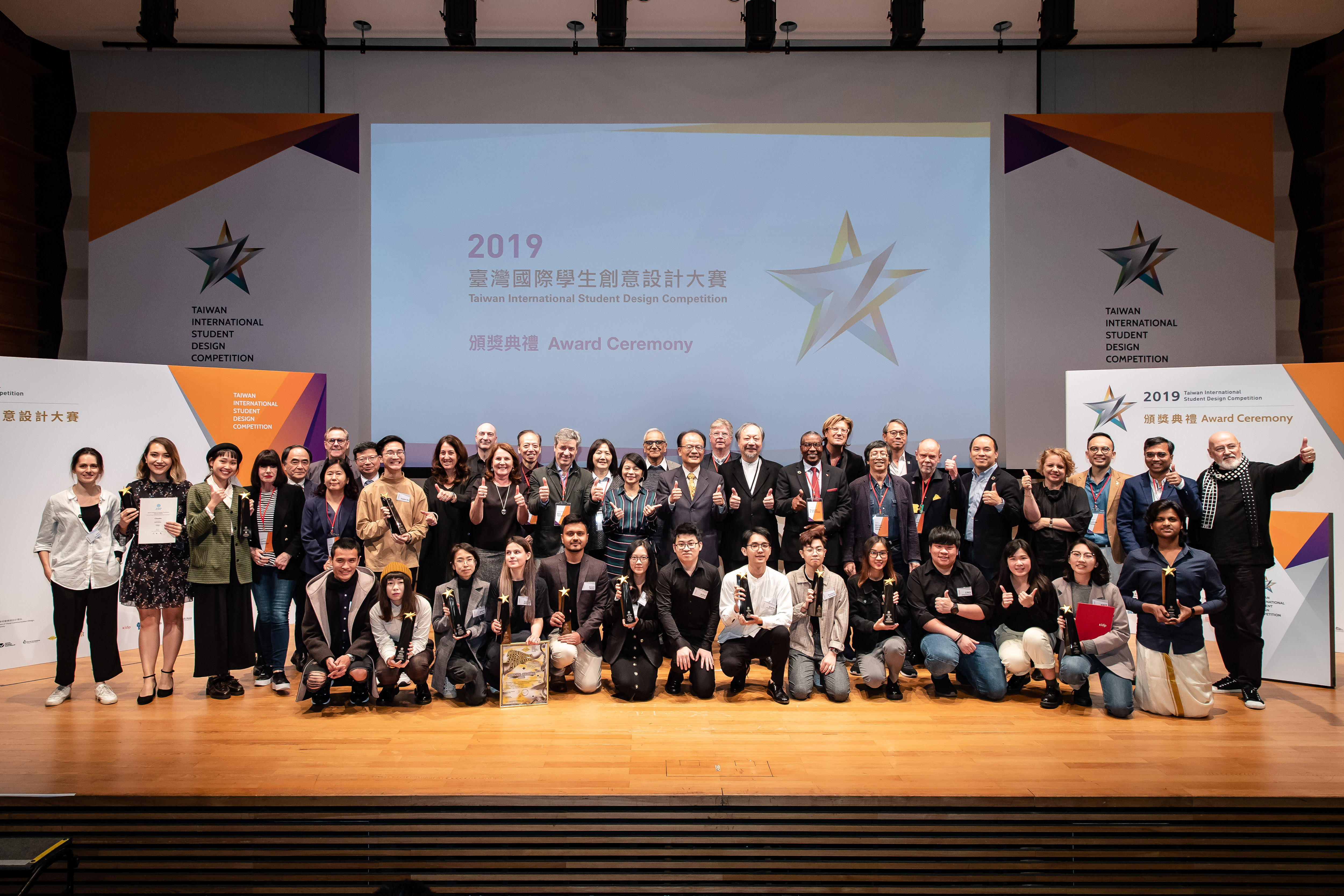
Caption: Taiwan International Student Design Competition
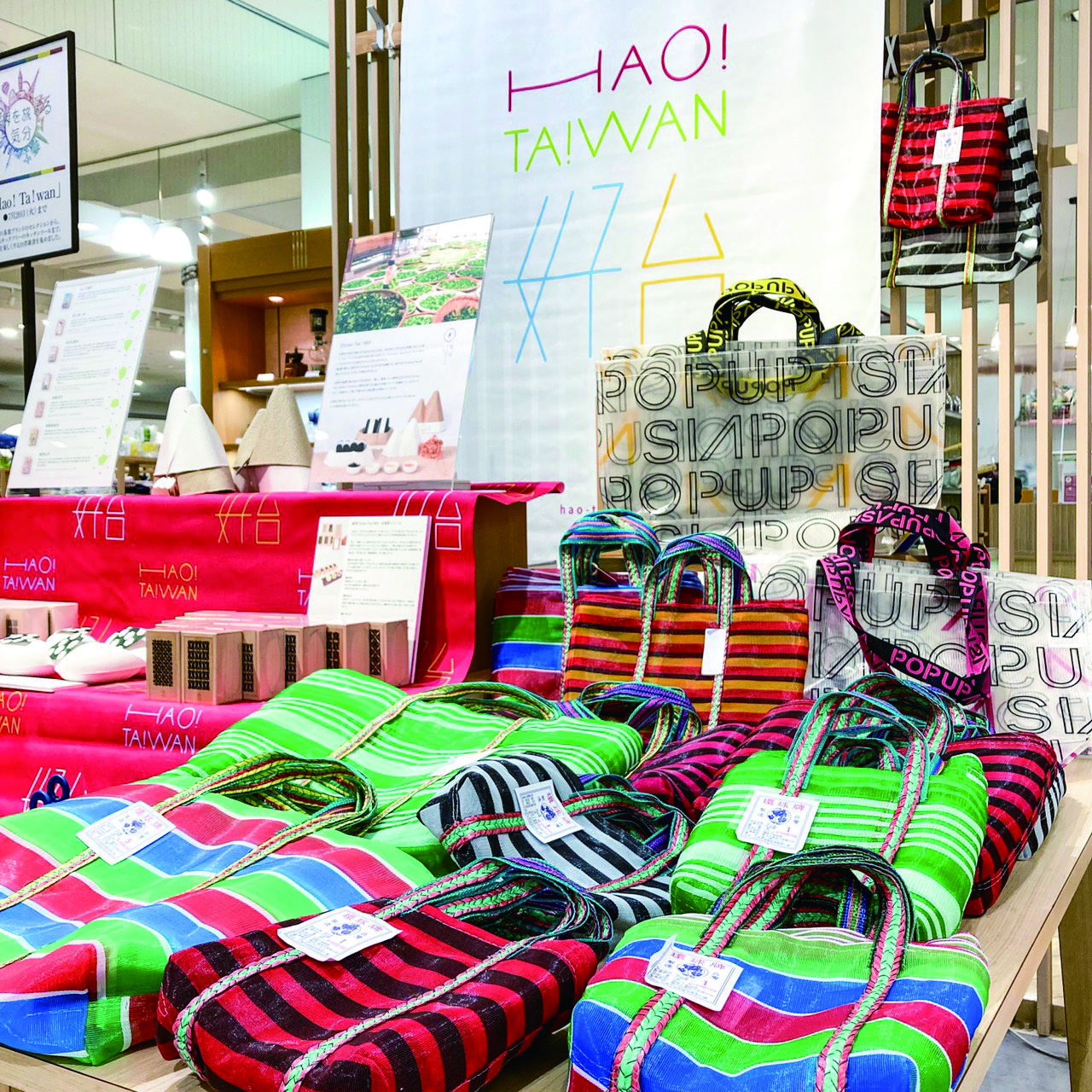
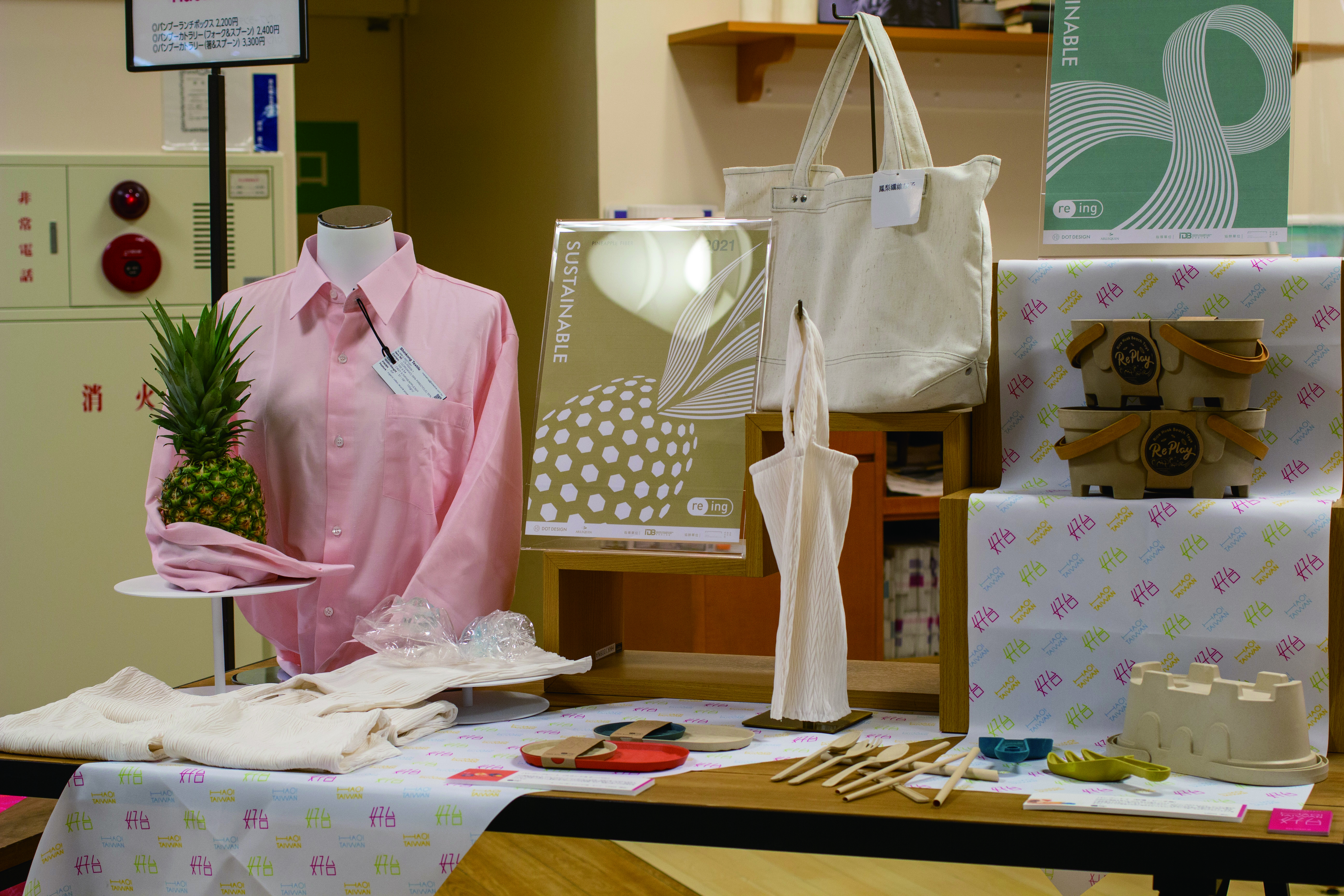
Caption: Hao!Taiwan, Taiwan’s Souvenir Exhibition
I often hear people say, “It’s hard to design.Everything’s already been designed to death by others.” I think we shouldappreciate our predecessors’ experience and knowledge. Design is a process ofaccumulation of culture and wisdom. As long as we don’t maliciously plagiarizeothers’ works, we have our own opinions and concepts, respect the hard work ofothers in creating original works, create an attitude that shows off our ownstyles, and meet our own demands, I’m positive there is still a lot of room fordesign. Additionally, we have to respect others’ designs as well. If you thinksomeone else’s designs are similar to yours, you have to rationally communicatewith that person and seek confirmation to build a good design environmenttogether.
Many people thinkthere are a lot of uncertainties in the environment and future of the designindustry. The design environment in Taiwan is arduous, there’s no doubt about it.I encourage everyone to join design associations that suit them, to makelike-minded friends to achieve greater goals, and enjoy larger influence as aconsolidated force in addition to participating in competitions to enrich yourexperience. For example, the Chinese Industrial Designers Association (CIDA)that I joined has a well-established history and holds many design activitieson a regular basis to combine everyone’s strengths, and even enable members tointeract with international design partners.
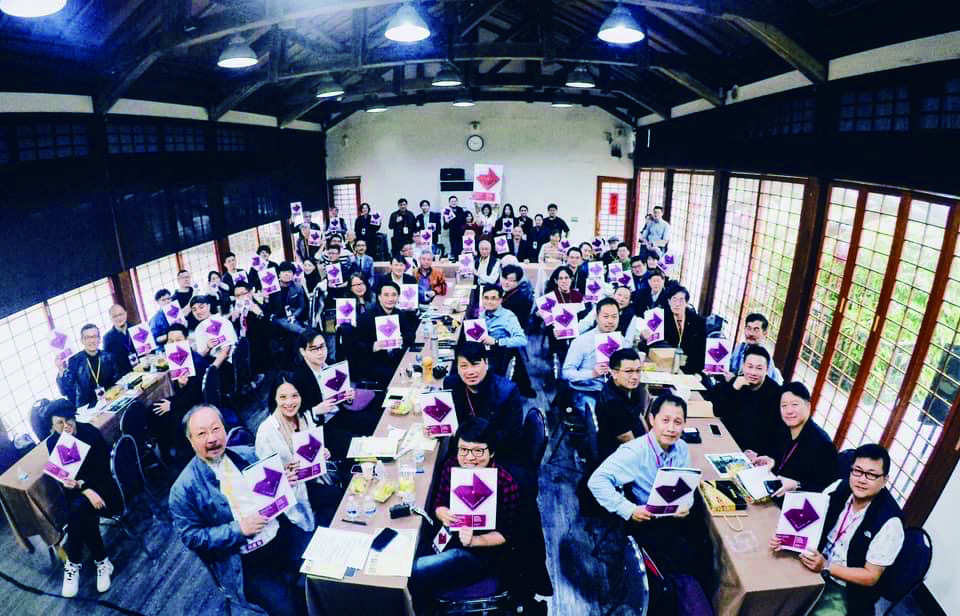 Caption: Photo ofthe CIDA general assembly
Caption: Photo ofthe CIDA general assembly
The task of designrequires great passion and persistence. It’s somewhat like the process ofdelivering a sermon. We have to be curious, tolerant, and learn with an openmind all the time. Design can create incredible sparks of creation when theywork together with numerous different professions. In this vein of thought, weshould cooperate with different fields to develop brand-new ideas andopportunities.